The region of Vraja, centered on the temple towns of Vrindaban and Mathura in Northwestern Uttar Pradesh, is one of India’s foremost pilgrimage centers. As the location of the legendary spots associated with the childhood games and pastimes of Lord Krsna, Vraja developed into a stronghold of Vaisnava bhakti which is naturally rich of musical traditions. The bhakti religion emphasizes the emotional relationship between man and God, which is achieved and maintained through the aesthetic experience of the divine. Such an experience is evoked primarily through music and singing which, therefore, have always played a predominant role in Vaisnavite traditions, and whose significance is scripturally manifested in the Bhagavata Purana. Since the Vaisnava bhakti movement promoted the use of regional languages in place of Sanskrit, from the 15 century onwards, a rich tradition of devotional poetry in Vrajabhasa began to flourish in Vraja. Alongwith the poetic tradition, the musical practice of samajagayana, congregational singing of devotional poetry in the temples, became established. Samajagayana, or samaja, is an indigenous and peculiar tradition of Vraja which, unlike other types of Vaisnava music, became barely known and recognised outside its region of origin. Samajagayana is reserved exclusively for temples and places of worship, hence it is accessible only to the limited circle of those present in the respective location at the time of the performance. In distinction to other forms of devotional music, samajagayana never made its way on the concert stage. The present book, a comparative study of the tradition of congregational singing in the Vaisnava temples of Vraja and the classical dhrupada tradition, investigates the historical and structural connections between Vaisnava temple music and north Indian classical music, and points at those musical categories on either side that provide the link between the two traditions. The study is structured in three parts covering the samaja and dhrupada traditions and their comparison respectively, preceded by a general introductory survey of the bhakti tradition, consideration of the role of music in several non-Hindu and non-Vaisnava traditions, and demonstration of the theological and philosophical foundation of the role and function of music in Vaisnava bhakti given in scriptures. Regarding the Vaisnava temple music tradition of Vraja, the present survey is the first of its kind to be written in a European language. It covers the practice of samajagayana in the Caitanya, Radhavallabha, Nimbarka and Haridasi Sampradayas, as well as the practice of daily temple singing of the Vallabha Sampradaya referred to as ‘Haveli Samgita. The account given on more than 900 pages in supplemented by a large number of musical examples transcribed into both Indian notation and Western staff notation, a photographic documentation displayed on 48 color plates, as well as a Vrajabhasa glossary provided at the end of the book.
Musical Traditions of Vaisnava Temples in Vraja: A Comparative Study of Samaja and the Dhrupada Tradition of North Indian Classical Music (In 2 Vols.)
In stock
Free & Quick Delivery Worldwide
reviews
Bibliographic information
Title
Musical Traditions of Vaisnava Temples in Vraja: A Comparative Study of Samaja and the Dhrupada Tradition of North Indian Classical Music (In 2 Vols.)
Author
Edition
1st Ed.
Publisher
ISBN
8171230709
Length
xxx+942p.
Subjects

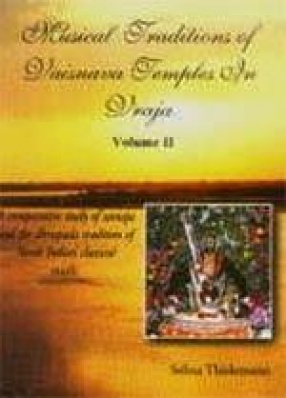
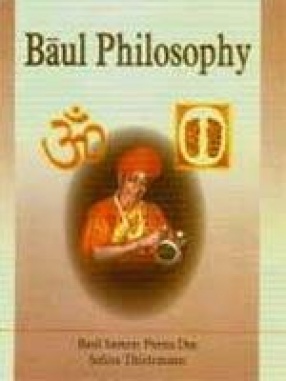
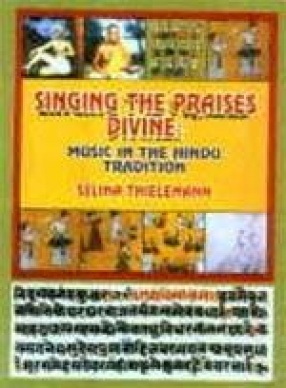
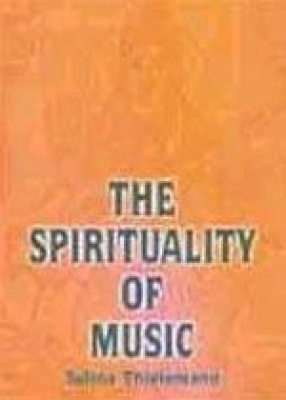
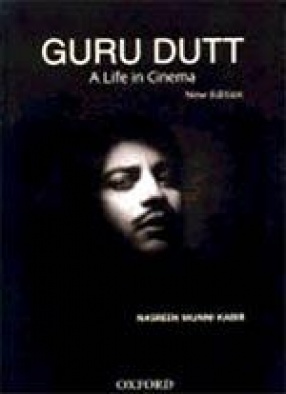
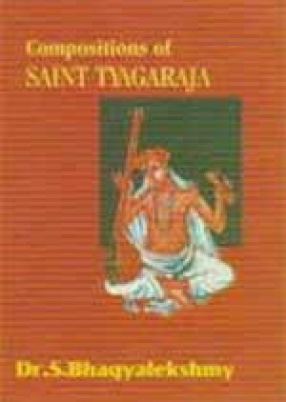

There are no reviews yet.